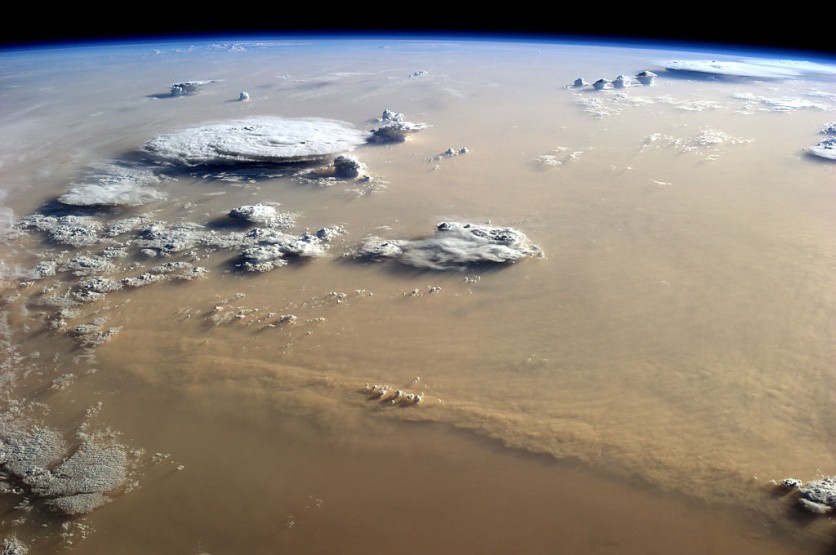The launch of a new weather satellite is expected to aid European meteorologists in monitoring unpredictable weather conditions, such as violent summer storms and extreme floods. It could also help safeguard the continent's citizens amid the deepening climate crisis.
The European Space Agency (ESA) and the European Organization for the Exploitation of Meteorological Satellites jointly constructed the spacecraft, marking the first of a new generation of geostationary meteorological satellites known as Meteosat Third Generation (MTG) (EUMETSAT).

New Generation Satellite
As reported first by Space.com, the satellite was launched on Tuesday, December 13 aboard an Ariane 5 rocket from Europe's spaceport in Kourou, French Guiana.
The satellite will monitor all of Europe, Africa, some of Asia, and the Middle East from its perch in a geostationary orbit about 22,000 miles (36,000 kilometers) above Earth.
Simon Keogh, the chief of Space Applications and Nowcasting at Met Office, said that this satellite will greatly benefit Europe because it gives data every two and half minutes compared to previous satellites that only provide every five minutes.
The new generation satellite will ultimately help meteorologists detect how summer storms develop. It will virtually see the storms rise because of its ability to distinguish minor cloud components.
Even before a storm is large enough to be seen by imaging equipment, the lightning detector will go one step further and find electrical activity in the clouds, as per Space.com's report.
Although such storms will not be stopped from inflicting devastation on the earth, meteorologists will be able to give out more precise warnings, which may stop catastrophes like those that occurred in the summer of 2021.
A string of severe storms that year dumped huge rainfalls in Germany, Belgium, and the Netherlands that had not been seen in a thousand years. Nearly 200 people perished in the floods brought on by the storms.
MTG satellites will enhance the ability to identify and monitor wildfires from space, which are expected to increase in Europe as summer heatwaves get worse.
The infrared sounder instrument will detect the temperature and humidity in different layers of the Earth's atmosphere by identifying infrared, heat-conducting light wavelengths.
Read Also : ESA's Solaris Program Will Study 24/7 Space-Based Solar Energy to Potentially Send Solar Farms Into Space
Novel Instrument
A novel instrument that has never been used on a geostationary weather satellite will be added to Europe's toolkit for weather monitoring by the second MTG spacecraft, which is scheduled to launch in 2024.
The sounder will continuously measure the full area that can be seen from its position. Keogh claimed that the use of this kind of information will increase the precision of nowcasting models, which forecast the weather for the following few hours.
According to a statement from EUMETSAT, the entire MTG fleet will generate 50 times more data than the existing second generation of European weather satellites. BBC reports that the constellation's development and construction costs are around 1.4 billion euros.
Additionally, EUMETSAT member states will pay the fleet's operating expenses, which are projected to total €2.9 billion ($3 billion).
Related Article : ESA's Venus Probe Will Undergo 'Intense Aerobraking' Before Diving Into Venus' Hellish Atmosphere

ⓒ 2025 TECHTIMES.com All rights reserved. Do not reproduce without permission.




